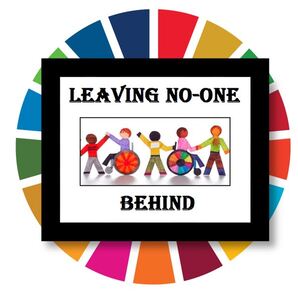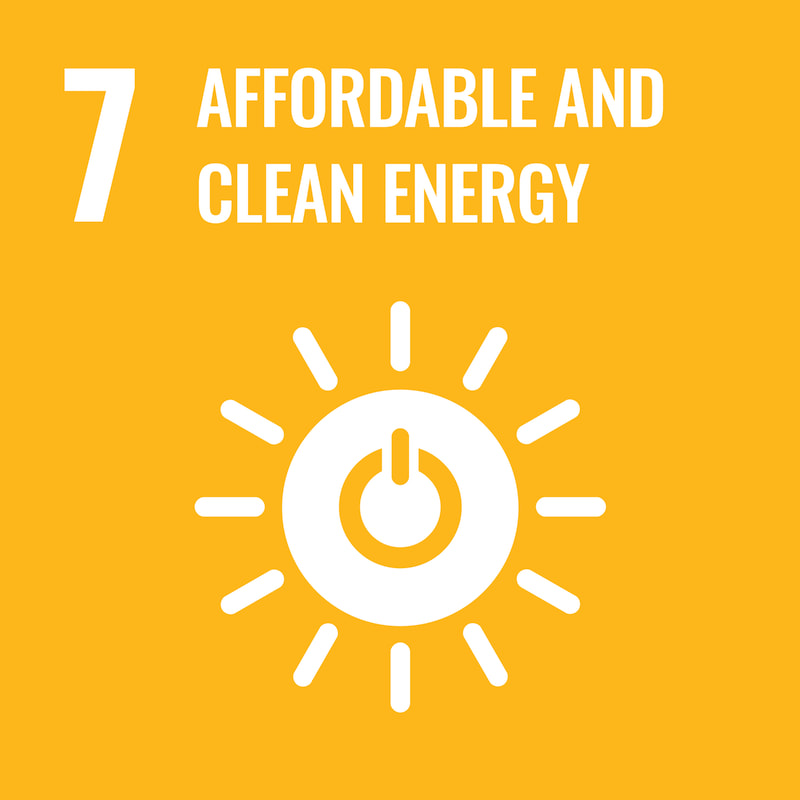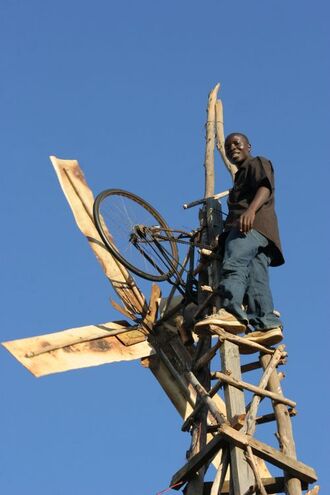Big Idea:
Most of us don't even think about our access to electricity because it is so readily available.
However, 759 million people still lack access to electricity, and where energy is available, it is often in the form of unsustainable fossil fuels.
This activity is designed to show students how communities can come together to address these issues.
However, 759 million people still lack access to electricity, and where energy is available, it is often in the form of unsustainable fossil fuels.
This activity is designed to show students how communities can come together to address these issues.
Type of Activity:
Lesson and case study
Who is it for?
Ages 11 to 16.
What do I need?
Video and image (included).
How long does it take?
45-60 minutes.
Introduction
Electricity is all around us. We use it constantly throughout the day, whether it's using a smart phone, turning on a light or heating something in a microwave. Think about your usual daily routine. Can you list how many different ways you use electricity in a typical day? (Students could split into groups for 5 minutes to discuss and write list)
However, where does most of this energy, historically, come from? And what issues can this create? (Class discussion, assess prior knowledge) Most of us don't even think about our access to electricity, because it is so readily available. However, 759 million people still lack access to electricity, and where energy is available, it is often in the form of unsustainable fossil fuels.
Show the picture of William Kamkwamba (included) and get students to write down what they can see in the picture, what the picture makes them think of and what the picture makes them wonder about/what questions it makes them think of.
However, where does most of this energy, historically, come from? And what issues can this create? (Class discussion, assess prior knowledge) Most of us don't even think about our access to electricity, because it is so readily available. However, 759 million people still lack access to electricity, and where energy is available, it is often in the form of unsustainable fossil fuels.
Show the picture of William Kamkwamba (included) and get students to write down what they can see in the picture, what the picture makes them think of and what the picture makes them wonder about/what questions it makes them think of.
What next
Three quarters of those without access to electricity live in Sub-saharan Africa. However, individuals and communities can come together to create not only a means of generating electricity, but do it in a green, sustainable way.
Potential questions to think about and discuss:
1) Why did William have to stop going to school? What does this suggest about his life?
2) How old was William when he built his first windmill? Should it be down to the young to create these solutions?
3) How are learning and knowledge important parts of William's story?
4) How do you think William felt when he travelled to the United States?
1) Why did William have to stop going to school? What does this suggest about his life?
2) How old was William when he built his first windmill? Should it be down to the young to create these solutions?
3) How are learning and knowledge important parts of William's story?
4) How do you think William felt when he travelled to the United States?
Finally
Using William's story as inspiration, get students into groups and have them come up with a way that they could make their own consumption of electricity more sustainable, from cutting down on usage to creating ways of generating green energy in communities. They could create posters, presentations, a role-play/drama piece.





